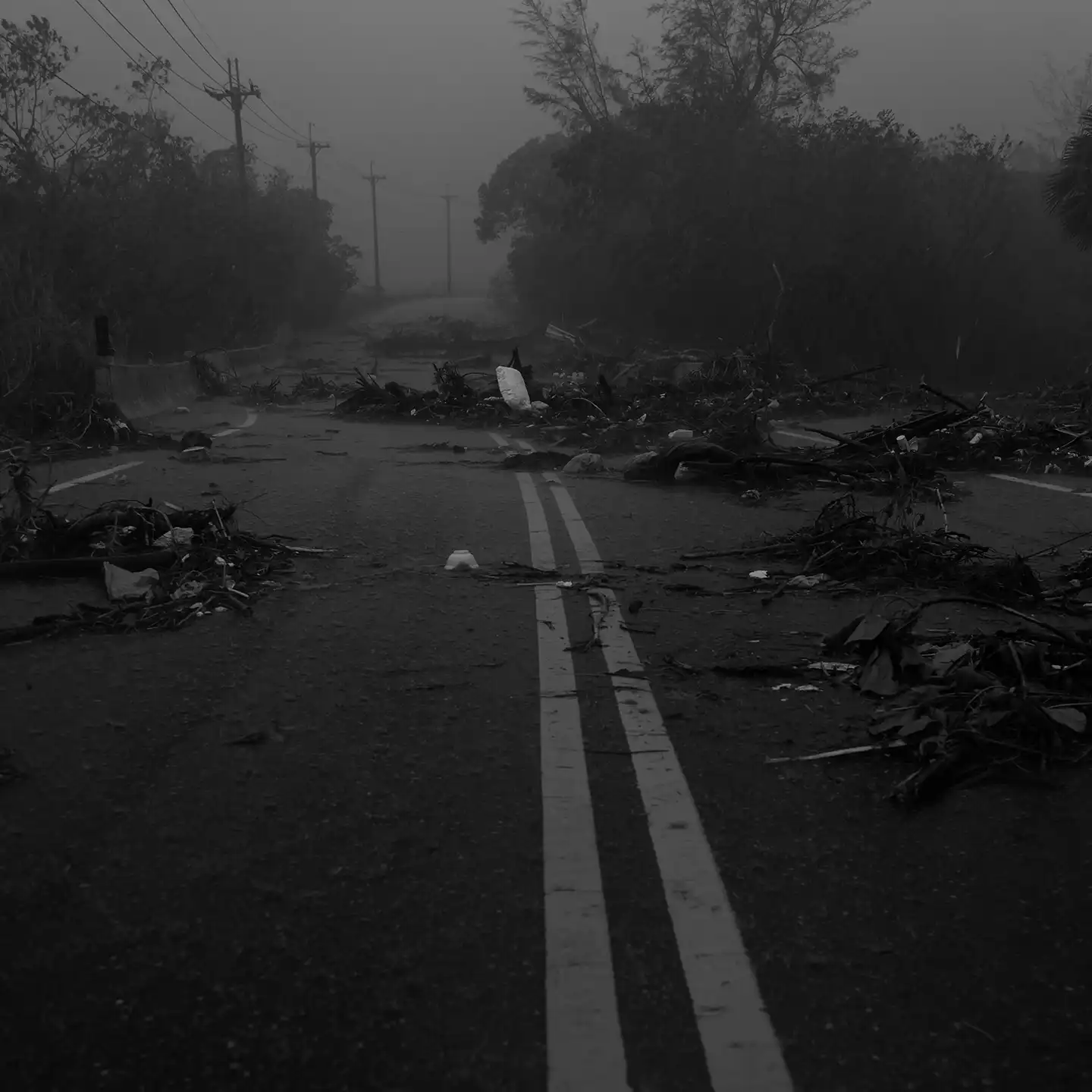DEEP
ISSUE
The planet is approaching boundary limits.We must make this decade a time of action and change.
The planet is approachingboundary limits.We must make this decade atime of action and change.
Antonio Guterres, Secretary-General of the United Nations
Economic damage from sea level rise is estimated to be about $1.1 billion worldwide in 2019, and by 2100, according to IPCC research data, sea levels will rise 1 meter above current levels.
It is believed that the rising sea level will also cause damage such as urban salt pollution and urban infrastructure collapse. Currently, the Earth's surface area is approximately 500 million ㎢. The surface area of the earth is about 150 million ㎢. Of that, 2% is urban area, which is about 3 million square kilometers. Cities are home to 4.1 billion people, or 54% of the world's population. Since ancient times, cities have been located near oceans and rivers. Even today, 67% of cities are located in areas adjacent to seashores and rivers. This means that approximately 2 million square kilometers of the urban area calculated above will face damage from sea level rise.
The Basque Center for Climate Change in Spain and other research groups estimated the economic damage associated with sea level rise in 2020 for 136 major coastal cities around the world. Under a scenario with no reduction in greenhouse gas emissions, they estimated that the total damage (median) for all cities in 2100 would be $8.3583 trillion. The city with the greatest damage is Guangzhou, China, with $1.3923 trillion. In Japan, Osaka-Kobe, Tokyo, and Nagoya were estimated to suffer $342.3 billion, $270.4 billion, and $204.1 billion, respectively. In the scenario where sea level rises significantly due to the melting of ice sheets in Antarctica and other regions, the total damage to the 136 cities would be even higher at $11.507 trillion.
Reference: The Nikkei artickle about Cities and the Climate Crisis Spreading "Zero Meter" Cities.
- Projected average damage per year
- Sea level rise1.3cm rise
- Tokyo economic damageapprox. $3.3 billion
- Tokyo affected populationapprox. 25,000
- Tokyo submergence risk areaapprox.3㎢
- Projected Disaster Scale
- Sea level rise9.1 cm above 2022
- Tokyo economic damageapprox. $25 billion
- Tokyo affected populationapprox. 200,000 people
- Tokyo submergence risk areaapprox.24㎢(24,000,000㎡)
- Projected Disaster Scale
- Sea level rise49.4cm rise above 2022
- Tokyo economic damageapprox. $25 billion
- Tokyo affected populationapprox. 780,000 people
- Tokyo submergence risk area:approx. 112㎢
- Projected Disaster Scale (world)
- Sea level rise1m
- Tokyo economic damageapprox. $270.4 billion
- Tokyo affected populationapprox. 1,570,000 people
- Area below sea level in Tokyo areaapprox. 225㎢




